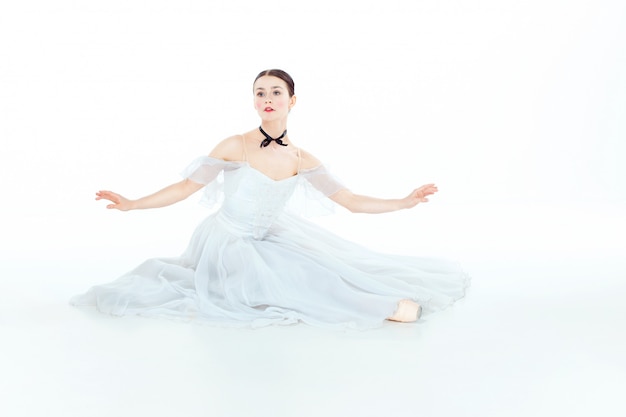
Tallinn, the historic capital of Estonia, may not be among the top 20 most visited museums in the world, but it offers tourists an array of excellent museum exhibitions that can easily captivate any traveler. It’s perfect for those who enjoy city breaks, exploring streets and alleys for the best photo spots, or finding unique souvenirs to take home.
The Lennusadam Seaplane Harbour is currently the most visited museum in Estonia. This maritime museum showcases the history and exploration of this small yet significant Baltic state. The exhibition includes hangars that once repaired floatplanes and now display nine ships and the submarine Lembit, the museum’s star attraction. Moored at the dock is also the icebreaker “Toell the Great.”
This museum is rich with information and encourages active participation from visitors. It’s located near an old military base where you can see former USSR tanks. It’s particularly recommended for families with children and is open from 11:00 AM to 5:00 PM, with a family ticket costing 19 euros.
The KUMU Contemporary Art Museum is another popular museum in Estonia. Although it has lost its title as the most visited, KUMU remains a crucial part of Estonia’s cultural scene. Open since 2006, it was named European Museum of the Year just two years later. KUMU goes beyond being a traditional museum; it’s a multifunctional space where people can actively express their creativity.
Located not far from the city center, a two-hour tour here allows you to appreciate the best of modern Estonian art. This contrast with the historical representation in the old town is intriguing. The museum also houses a library and a great cafe, and family entrance fees are 10 euros.
The Estonian Open Air Museum, also known as Rocca al Mare, is an open-air ethnographic museum open from April to September. While the idea might sound a bit dull, it’s actually a full-sized reconstruction of an 18th-century Estonian village of shepherds and fishermen, making it one of Tallinn’s top attractions.
Located less than 10 kilometers from the city center and opened in 1957, the village includes about seventy buildings. Among them are houses, a church, a boarding house, a school, several mills, and a fire station. The buildings showcase various Estonian architectural styles, offering a comprehensive picture of the country. You can even arrange a picnic there. The museum involves a lot of walking, even to get from the bus stop, so it’s recommended for those in good shape. The entrance fee for families is 12 euros.
– Angela B
